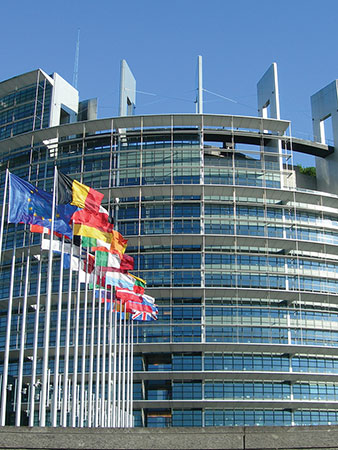
Everyone in your community knows who to call when a fire or other emergency breaks out. But who do you call for information about upcoming road closures, local polling locations, and other nonemergency information? Unfortunately, local governments that do not have centralized nonemergency citizen services get 30 to 50 percent more emergency calls than those that do. Not only do these nonemergency calls reduce the productivity of public safety personnel, they’re frustrating to citizens who need access to basic information. As you can imagine, emergency dispatchers don’t have the time, training, or access to information to help citizens with nonemergency questions.
Citizen Contact Center Solutions
Just as businesses can assist their customers by maintaining a central contact center, the same is true of local governments—and it’s not just about handling voice calls. Communication channels such as voice, email, chat, and social media can be used to interact with citizens using the communication methods they prefer.
Multichannel solutions deliver similar benefits for government agencies. By providing a centralized, integrated platform for voice, social media, and other interactions, all inquiries can be handled consistently by trained agents who can work on multiple interactions simultaneously from their unified desktops. Context and historical relationships with individual citizens can be presented to the agent, allowing for a more personal interaction. In addition, an integrated multichannel solution can make it easy for the context of any interaction on any channel to be seamlessly transferred to another. For example, if a citizen wants to move from email to a live phone call, the information from earlier email conversations can be presented to the agent who handles the live voice call.
An integrated multichannel solution can serve as the foundation of a nonemergency government access service, reduce the local government’s expenditure by ensuring more effective and accurate usage of government resources, improve first contact resolution metrics, and enrich the citizen experience.
Impact of Moving to Lower-Cost, Higher-Impact Channels
Moving to lower-cost, high-volume channels facilitated by a multichannel solution has several benefits. These include:
Managing contacts consistently across all channels.
Improving metrics such as wait time, agent occupancy, contact length, and abandoned calls, etc.
Boosting agent productivity with a unified agent desktop for handling all contacts.
Moving manual or stand-alone email and Web chat solutions into an integrated solution that leverages optimized routing, reporting, and management.
Reducing the number of nonemergency calls placed to emergency systems.
As nonemergency calls decline, productivity in police and other citizen-facing agencies will increase. Staffing can be consolidated as a result. From an IT perspective, phone numbers and hotlines can be consolidated across local government agencies; thus, costs for station, trunking, and engineering resources will be reduced.
Most importantly, citizens will know where to go for answers—and they can choose the channel of their choice quickly and efficiently. Citizens will be more satisfied due to service availability, ease of use, and resolution of issues. That could be reflected in future election results.
